Building a Worship Mix on the Allen & Heath QU-5D
My Simple Strategy for Professional Worship Mixes: Using Group Buses to Elevate Your Sound
By Jake Gosselin
One of the first things I do when I approach any mixing console for worship is establish a clear signal flow strategy. Today, I want to share with you a simple technique that I use to make my mixes sound more balanced and professional – and it all comes down to how you manage your buses.
The Power of Strategic Grouping
Instead of sending every channel directly to your main mix, I like to create what I call strategic groups or subgroups. On my Allen & Heath QU-5D, I keep things really simple with just three groups: one for all my vocals, another for the entire band (drums, guitars, keys, and bass), and a third one just for crowd mics that only goes to the stream.
Now, this might seem almost too basic when you first hear it, but trust me on this – this approach gives you incredible control over your mix without drowning you in unnecessary complexity. I’ve seen too many sound engineers get lost in the weeds with eight or ten different subgroups, and honestly, it just makes everything harder than it needs to be.
Setting Up Your Console for Success
The first thing you need to do is make sure your group buses are set to stereo mode. I know this sounds obvious, but you’d be surprised how many people forget this step. We listen in stereo, so your mix should sound full and wide. On the QU-5D, I set mixes 9, 10, and 11 to stereo and configure them in what’s called “group mode” rather than monitor mode.
Here’s where it gets interesting – I actually disable the main left/right output on my individual channels and route them exclusively through their respective groups. So my lead vocal doesn’t go straight to the main mix. Instead, it goes only to the vocal group, and then the vocal group sends everything to the main mix. Same thing with my instruments – they all funnel through the band group first, then head to the mains.
I’ll be honest, this feels a little scary the first time you do it because you’re used to seeing that main mix button lit up on every channel. But once you get comfortable with this workflow, you’ll wonder how you ever mixed any other way.
The Magic of Layered Processing
What makes this routing strategy so powerful is that it lets me apply processing at two different levels. First, I’ll dial in each individual channel with its own EQ, compression, and effects. Then, I get a second bite at the apple with the group processing, where I can add another layer of EQ and compression to glue everything together.
On my vocal group, I like to add some light compression that acts like a master vocal compressor affecting all the singers at once. It creates this “glue” effect that makes all the vocals sit together way more consistently than if I was just relying on individual channel processing.
For the band group, I’ll sometimes cut some midrange frequencies to carve out more space for the vocals to cut through. It’s like I’m doing real-time mastering of my mix, which is pretty cool when you think about it.
My Approach to Individual Channels
Now let’s talk about the fun stuff – actually mixing the individual instruments and vocals.
I’ll be the first to admit that we’re cheating a little bit with our electric drum kit. It makes drum mixing so much easier than dealing with a full acoustic kit with all the bleed and noise issues you get with microphones. With an electric kit, each drum has its own clean output, so I can set proper preamp levels without worrying about one drum bleeding into another mic.
My first step with any channel is always getting the preamp level right – I want to see that signal metering around zero on the console without anything clipping into the red. You’ve got to have good source tone before you start adding any processing, or you’re just polishing a turd, as they say.
For drums, I’ll usually add a high-pass filter to get rid of any unnecessary low frequencies that aren’t adding anything to the sound. Then I might add some light compression for consistency. Here’s a cool trick I love: I add reverb just to the snare drum. It completely transforms the sound from something that feels like you’re in a tiny room to something with real space and dimension. The reverb by itself sounds pretty terrible, but when you blend it with the dry snare sound, it’s magic.
Bass guitar is pretty straightforward for me – if you’ve got good source tone coming in, you don’t need to do much. Maybe some light compression to even things out, but that’s about it.
Acoustic guitar is where I get a little more aggressive because it’s not really a lead instrument in our mix. I think of it more like a glorified shaker that adds rhythm in the background. I’ll use high-pass and low-pass filtering to get rid of that jangly sound, and then I’ll hit it with some pretty heavy compression to keep it sitting way back in the mix where it belongs.
Electric guitar and keys are usually pretty easy to work with if you’ve got good musicians. The tone they’re sending you is already quality, so I might just add a high-pass filter and some light compression. I like to pan the electric guitar to the left and keys to the right to give them their own space in the stereo field.
The Most Important Channels: Lead Vocals
If there’s one thing you absolutely have to get right, it’s your lead vocals. This is where I spend most of my time and attention, and honestly, it all starts way before you touch any knobs on the console. You need your singers to actually sing into the microphone and give you a strong signal to work with.
Once I’ve got good source tone coming in, I’ll start with a high-pass filter to get rid of any muddiness down low. Then I’ll look for problem frequencies – usually there’s some harshness around 4 or 5 kilohertz that needs to come down, and maybe some boxiness around 500 hertz that I’ll cut out.
Here’s where I probably differ from a lot of engineers – I like to be pretty aggressive with vocal compression. When the singer is really belting it out, I want to see 10 to 15 decibels of gain reduction happening. That sounds like a lot, but then I’ll add makeup gain to bring the quieter parts up, so everything sounds nice and smooth dynamically.
The key with vocal compression is the attack time. I like to slow it down so you can still hear the consonants and understand what they’re actually singing, but then the compressor clamps down quickly to control the overall dynamics. Just be careful with how much makeup gain you’re adding because you can run into feedback issues if your system isn’t optimized for that much gain.
For effects, I send my vocals to both reverb and delay on separate buses. The reverb has about 38 milliseconds of pre-delay and close to a two-second decay time, and I filter out the high and low frequencies because reverb in those ranges just makes a mess of your mix. The delay is set to dotted eighth notes, and I tap the tempo to match the song.
Here’s the thing about delay – it sounds terrible by itself, but that’s exactly how it should sound. You want it to be muted and kind of muddy so the dry vocal stays nice and clear up front. I’ll bring the delay up during those big phrase endings where there’s a natural pause in the music, and then I’ll pull it right back down. Used sparingly like that, it adds this magical sense of space without cluttering up the mix.
The Crowd Mic Secret
Here’s something that a lot of churches get wrong – crowd mics should absolutely not go to your room mix. If you try to send crowd mics to your main speakers, you’re going to get feedback, and it’s going to sound weird and muddy in the room. That’s just not what crowd mics are for.
What I do instead is route my crowd mics exclusively to my stream mix using what’s called a matrix send. So I’ve got stereo crowd mics and a center crowd mic that only go to the online stream. When I’m mixing for the room, I can’t even hear them because they’re completely bypassed from the main mix.
But when you listen to the stream mix, those crowd mics add incredible energy and ambiance for people watching online. They can actually feel like they’re in the room with everyone else, which makes such a difference for your online audience. It’s one of those things that seems like a small detail, but it completely transforms the streaming experience.
Advanced Techniques
Using Effects Strategically
- Snare Reverb: 2-second decay, aggressive high and low-pass filtering
- Vocal Delay: Dotted eighth notes, tapped to tempo, used sparingly at phrase endings
- Vocal Reverb: 38ms pre-delay, 1.86s decay, filtered to avoid muddiness
Matrix Mixing for Streaming
I use a matrix mix to create a separate feed for streaming that includes:
- Vocals and band (same as room mix)
- Crowd mics (stream only)
- Optimized processing for online listeners
Why I Keep It Simple
You might be wondering why I only use three groups instead of breaking everything out into separate subgroups for drums, guitars, and keys. I mean, the console has the capability to do way more complex routing, so why not use it?
Here’s my philosophy: more buses equal more complexity, and more complexity means more opportunities for something to go wrong during a service. I’ve learned that it’s better to start simple, get really comfortable with a basic approach that works, and then add complexity only if you actually need it.
This three-group method gives me everything I need. I get simplified mixing workflow, consistent sound across all the service elements, professional-level control without getting overwhelmed, and easy troubleshooting. If something sounds off, I know exactly which group to check instead of having to hunt through eight different subgroups trying to find the problem.
Plus, once you get this system set up, you can stay on one fader bank pretty much the entire service. That means less button pushing, more focus on actually supporting the worship experience, and consistently better mixes because you’re not constantly hunting around the console trying to find the right fader.
The beauty of working with great musicians is that when they’re sending you quality source tones, you really don’t need to do a whole lot to make things sound good. Good EQ, good compression, smart routing – that’s really all it takes. When you start with great players and good source material, these simple techniques can create truly incredible mixes that rival anything you’d hear on a professional recording.
Want personalized help setting up the right mixing solution for your church? Check out Church Front Premium at churchfront.com where you can access our complete training library and work with a real coach to optimize your worship mix.



